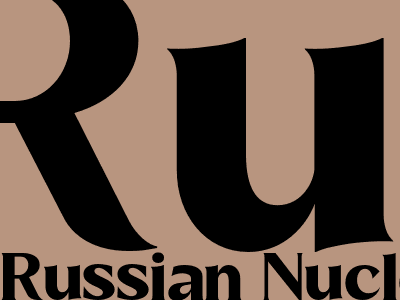
Russia's Nuclear Arsenal: A Comprehensive Overview
Historical Development and Cold War Rivalry
The origins of Russia's nuclear weapons program trace back to the early 1940s, when the Soviet Union embarked on a clandestine project in response to the American Manhattan Project. Driven by fears of Western aggression, the USSR prioritized the development of nuclear weapons as a deterrent. The Cold War era marked an intense period of nuclear rivalry between the United States and the Soviet Union, with both nations amassing vast nuclear arsenals.
In 1955, the USSR tested its first hydrogen bomb, joining the United States as the second nation to possess this devastating weapon. The subsequent decades witnessed a relentless arms race, with each superpower seeking numerical superiority and technological advancements in nuclear weapons.
Post-Cold War Era and START Treaties
The end of the Cold War in the late 1980s led to a reduction in global nuclear tensions. The United States and Russia engaged in a series of Strategic Arms Reduction Treaties (START) aimed at reducing their nuclear stockpiles. These treaties established limits on the number of deployed nuclear warheads and delivery systems.
Despite the START treaties, Russia maintained a substantial nuclear arsenal, with an estimated 5,977 nuclear warheads as of 2022. This figure places Russia as the nation with the largest nuclear arsenal in the world, ahead of the United States.
Modernization and New Weapons Systems
In recent years, Russia has embarked on a significant modernization program for its nuclear forces. This includes upgrades to existing nuclear weapons platforms, such as the ICBM fleet and nuclear-powered submarines. Additionally, Russia has developed and tested new nuclear weapons systems, including hypersonic missiles.
Nuclear Doctrine and Strategic Deterrence
Russia's nuclear doctrine is based on a policy of "no first use." This means that Russia will not be the first to resort to nuclear weapons in a conflict. However, Russia retains the right to use nuclear weapons in response to a nuclear attack or in the event of an existential threat to the Russian state.
Nuclear deterrence remains a central pillar of Russia's national security strategy. By maintaining a credible nuclear arsenal, Russia aims to deter potential adversaries from attacking and to safeguard its territorial integrity.
Arms Control and Non-Proliferation
Russia actively participates in international arms control and non-proliferation initiatives. The nation has ratified the Nuclear Non-Proliferation Treaty (NPT) and adheres to the Comprehensive Nuclear-Test-Ban Treaty (CTBT), which prohibits nuclear weapon test explosions.
Russia also engages in dialogue with other nuclear powers to promote nuclear risk reduction and prevent nuclear proliferation. The nation has been involved in initiatives such as the P5 process, which brings together the five permanent members of the United Nations Security Council to discuss nuclear disarmament and non-proliferation issues.
Conclusion
Russia's nuclear arsenal remains a potent and integral part of the nation's security apparatus. The historical legacy of the Cold War and the ongoing strategic competition with the West have shaped Russia's nuclear policies and investments in modernization.
While Russia adheres to arms control treaties and participates in non-proliferation efforts, its nuclear weapons capabilities continue to be a subject of international concern and diplomatic discussions aimed at reducing nuclear risks and promoting stability.